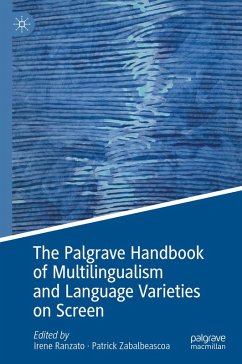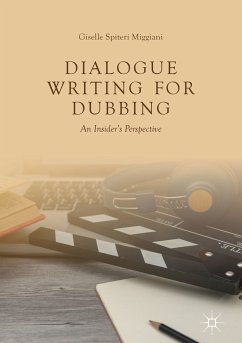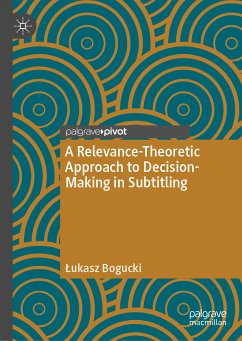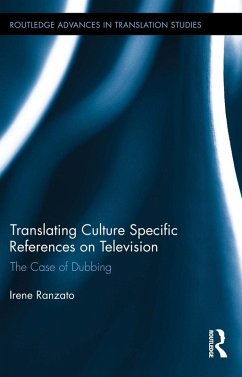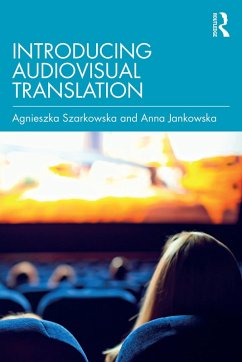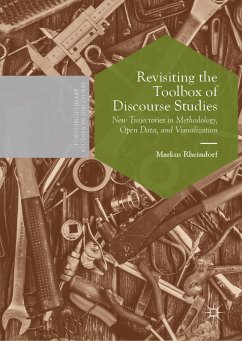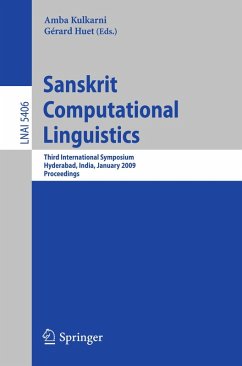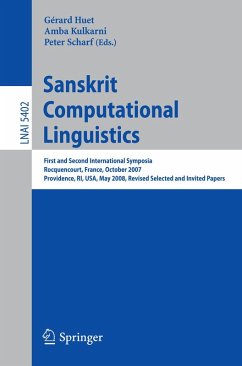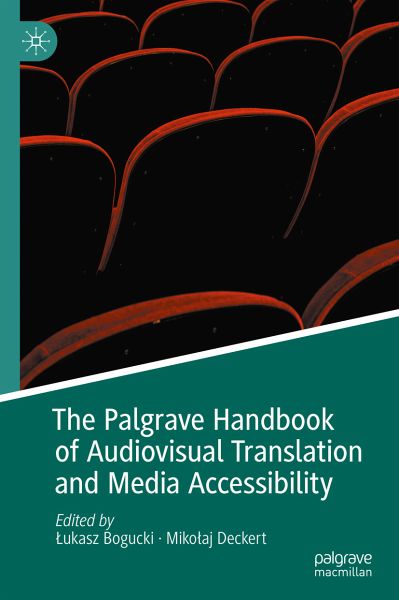
The Palgrave Handbook of Audiovisual Translation and Media Accessibility (eBook, PDF)
Versandkostenfrei!
Sofort per Download lieferbar
175,95 €
inkl. MwSt.
Weitere Ausgaben:

PAYBACK Punkte
88 °P sammeln!
This handbook is a comprehensive and up-to-date resource covering the booming field of Audiovisual Translation (AVT) and Media Accessibility (MA). Bringing together an international team of renowned scholars in the field of translation studies, the handbook surveys the state of the discipline, consolidates existing knowledge, explores avenues for future research and development, and also examines methodological and ethical concerns. This handbook will be a valuable resource for advanced undergraduate and postgraduate students, early-stage researchers but also experienced scholars working in tr...
This handbook is a comprehensive and up-to-date resource covering the booming field of Audiovisual Translation (AVT) and Media Accessibility (MA). Bringing together an international team of renowned scholars in the field of translation studies, the handbook surveys the state of the discipline, consolidates existing knowledge, explores avenues for future research and development, and also examines methodological and ethical concerns. This handbook will be a valuable resource for advanced undergraduate and postgraduate students, early-stage researchers but also experienced scholars working in translation studies, communication studies, media studies, linguistics, cultural studies and foreign language education.
Dieser Download kann aus rechtlichen Gründen nur mit Rechnungsadresse in A, B, BG, CY, CZ, D, DK, EW, E, FIN, F, GR, HR, H, IRL, I, LT, L, LR, M, NL, PL, P, R, S, SLO, SK ausgeliefert werden.



